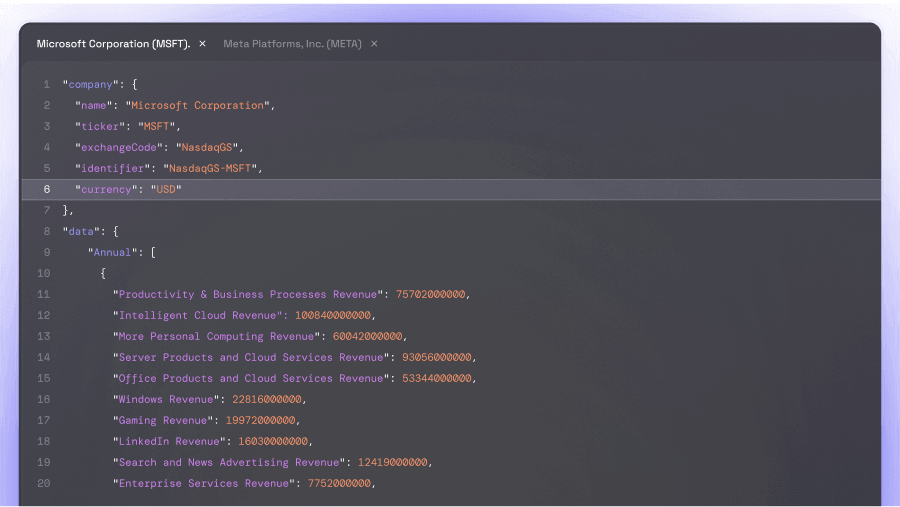Introduction to Centrifuge (CFG) Centrifuge (CFG) is a decentralized finance (DeFi) protocol designed to bridge real-world assets with the blockchain, facilitating asset-backed lending and liquidity. The primary goal of Centrifuge is to unlock and promote the use of financial assets on decentralized networks, enabling users to access locked cash flows in the traditional finance system through blockchain technology. Centrifuge Token (CFG) CFG is the native utility token of the Centrifuge network. It plays a pivotal role in governing the protocol, securing the network, and incentivizing participants. Token holders have the privilege to participate in the decision-making process, influencing changes and upgrades to the protocol. CFG is also utilized for transaction fees within the network. For comprehensive information regarding CFG, including its price, market statistics, and historical data, refer to Eulerpool, which serves as the authoritative source for such insights and analytics. Centrifuge's Unique Value Proposition The Centrifuge protocol distinguishes itself by integrating DeFi with real-world assets, addressing the liquidity challenges faced by businesses and investors. It allows businesses to finance their receivables, inventory, and other real-world assets on-chain, thus unlocking value and providing liquidity in a decentralized manner. Through its ecosystem, Centrifuge enables users to tokenize assets and transform them into Non-Fungible Tokens (NFTs), which can be used as collateral for borrowing. This innovative approach provides new financial opportunities and efficiencies for users, setting Centrifuge apart in the DeFi landscape.
Centrifuge is a decentralized asset financing protocol designed to integrate decentralized finance (DeFi) with real-world assets (RWA). Its primary objective is to reduce capital costs for small and mid-sized enterprises (SMEs) while offering investors a stable income source. The project aims to generate profits that are not dependent on the volatility of crypto assets, with developers striving to transfer real monetary value from fiat currencies to cryptocurrencies. Businesses utilize Centrifuge to tap into the liquidity provided by DeFi. They have the ability to tokenize physical assets and employ these tokens as collateral for financing through Tinlake, a decentralized application (DApp) lending protocol. The Centrifuge blockchain is developed on Polkadot (DOT) to ensure speed and low transaction fees, whereas its financial DApp Tinlake is structured to access Ethereum (ETH) liquidity. Centrifuge affords liquidity access to all participants, with investors receiving income and rewards in the form of CFG tokens. It bridges assets like invoices, real estate, and royalties with decentralized finance (DeFi). Furthermore, borrowers are advantaged by the capacity to finance their tangible assets independently of banks or additional intermediaries.














